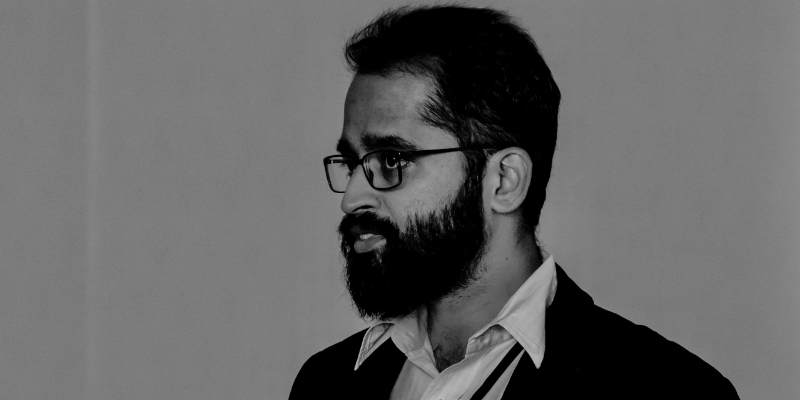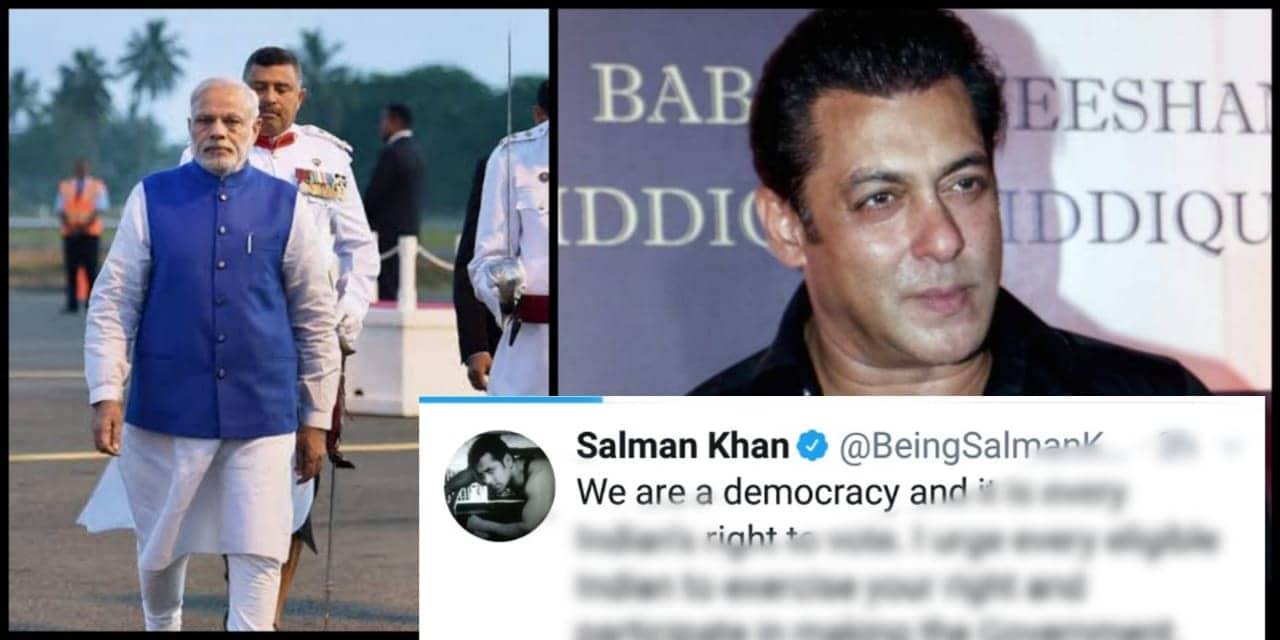No products in the cart.
Indian Engineer makes a historic discovery, converts CO2 to fuel, gets ₹3 crore reward
The conversion of toxic carbon dioxide (CO2) gas into renewable fuels is regarded as the best way to cut down the impact of greenhouse gas emissions and Methanol is one of these renewable energy sources that can be made using CO2.
Talking more about Methanol, it is a clean source of energy that can be effectively used fuel for transport and other useful products. Interestingly, it can also be used to form acetic acid and formaldehyde used in industrial processes.

When Rakshith Belur, Bengaluru-based entrepreneur joined Airbus India as an aerospace engineer, he literally had no idea he would go on to start a business that converts CO2 to methanol.
Humans are responsible for global climatic change which is now seen as a big issue in today’s world and there is hardly any person now who has made a difference. But Rakshith Belur planned to make a difference in battling climate change.
“One night in 2015, I was reading about my grandfather — a man who had introduced and popularised typewriting in the Malnad region,” he says. “There was no connection between typewriting and climate change. But I began thinking about how my grandfather had created an impact by focussing on a smaller issue and using all available resources.”
While he was actually seeking for inspiration, Rakshit came across the $20 million NRG COSIA Carbon XPRIZE. The competition sought to boost the development of significant technologies to convert CO2 emissions from power plants and industrial facilities into useful products such as building materials and alternative fuels.
Rakshith thought this could be his opportunity to enter the field of climate change tech.
“I started writing to various people working in Indian academia. I knew chemistry would play a key role in this venture, and being an aerospace engineer, I was relatively an outsider to the field,” he says.
After he was turned down many times, Rakshith found Umesh Waghmare. “Umesh was a physicist and professor at the Jawaharlal Nehru Centre for Advanced Scientific Research (JNCASR). It was the same place I had done my PhD from,” Rakshith says.
Umesh linked Rakshith with Sebastian Peter, who had also joined JNCASR as a faculty member. Incidentally, Sebastian was a chemist who specialises in the same area Rakshith wanted to venture into.
“It took some time for me to convince the professors that we should participate in the NRG COSIA Carbon XPRIZE competition by converting CO2 into methanol. I finally convinced them to help launch Breathe Applied Sciences in 2016. We became a research team and business focussing on scalable, efficient, and selective conversion of CO2 into fuels,” Rakshith says.
The team works out of JNCASR and conducts all its research there.
In theory, if CO2 is mingled with hydrogen, it leads to methanol. But Rakshith and the Breathe team learnt that the reaction would not happen only by mixing them. They needed the appropriate conditions, efficient converters, and catalysts so that the whole process happened economically and resulted in a valuable end product.
In addition to that, the presence of multiple gases in emissions- moisture and air pollutants, affect the efficiency and durability of the catalyst in CO2 reduction reactions. Rakshith says, “Since it is expected to follow several complex reaction mechanisms, selective conversion to the desired chemical was difficult. In addition, CO2 reduction process required H2, but sufficient generation of H2 is one of the biggest challenges to the human kind.”
Needless to say, the top secret to crack this complex reaction lies in the catalysts and reactors.
“We proposed a new strategy to design promising materials for the efficient and selective conversion of CO2 into methanol. We combined information obtained from experiments and first-principles calculations on alloys, intermetallic, bimetallics, and core-shell materials based on low cost catalysts,” Rakshit explains.
Breathe uses machine learning algorithms to find out descriptors of catalytic activity. “The reduction process is tested in lab-scale using simulated flue gas stream,” he adds.
Rakshith explains, “This is not a new problem. However, I would say the competition timelines are extremely challenging and we have succeeded in making the technology relevant for the world. We have learned to make modifications along the way and move fast to meet the short deadline.”
“Methanol-consuming industries will, in turn, find it cheaper to buy it from these CO2-emitting industries,” he adds.
The Breathe team enrolled in the XPRIZE competition and on the last day of registration, Rakshith and the team realised they had to spend $8,000 (approximately Rs 5.5 lakh) to participate in the contest.
“A meeting was arranged where the President of JNCASR took the bold decision to fund 75 percent of the registration fee,” Rakshith says. “The amount was arranged before midnight and the registration was done the very same day. We happened to be the last team to register. This is an experience I will always remember,” he adds.
In April 2018, Rakshith and the Breathe team earned a place in the finals of the competition and earned $500,000 as a milestone prize. Interestingly, they were the only Indian team in the competition.
“JNCASR supported us a lot. The technology developed on a laboratory lab scale at JNCASR is now being implemented in the real conditions through XPRIZE,” Rakshith explains.
“Most of the technology development happened at JNCASR through various funding agencies and partly by the milestone prize. We have now been given the approval for incubation which will give us exclusive rights on the technology,” he adds.
Despite getting support and seeing success with their technology, three of them didn’t quit their day jobs. “From the start, it was about chasing goals that are widely believed to be impossible. We do our day jobs and still work with Breathe on a mission which has high risk,” he says.
“We are in the phase of demonstrating the technology at industrial scale. Before the end of this year, we are planning to put a plant in a power station in Wyoming,” he says.
“We currently have a lot of interest coming in for converting hundreds of tons of CO2 per day. Now, the focus is on Wyoming, and later, the technology will be industry-ready and will be deployed at various places,” he adds.
With this innovative model of CO2 conversion, Breathe aims to target 10 percent of the $37 billion methanol market in the upcoming five years. Rakshith’s work is capital-intensive, so the team is on the search for investors.
(Originally published by Yourstory)
..








